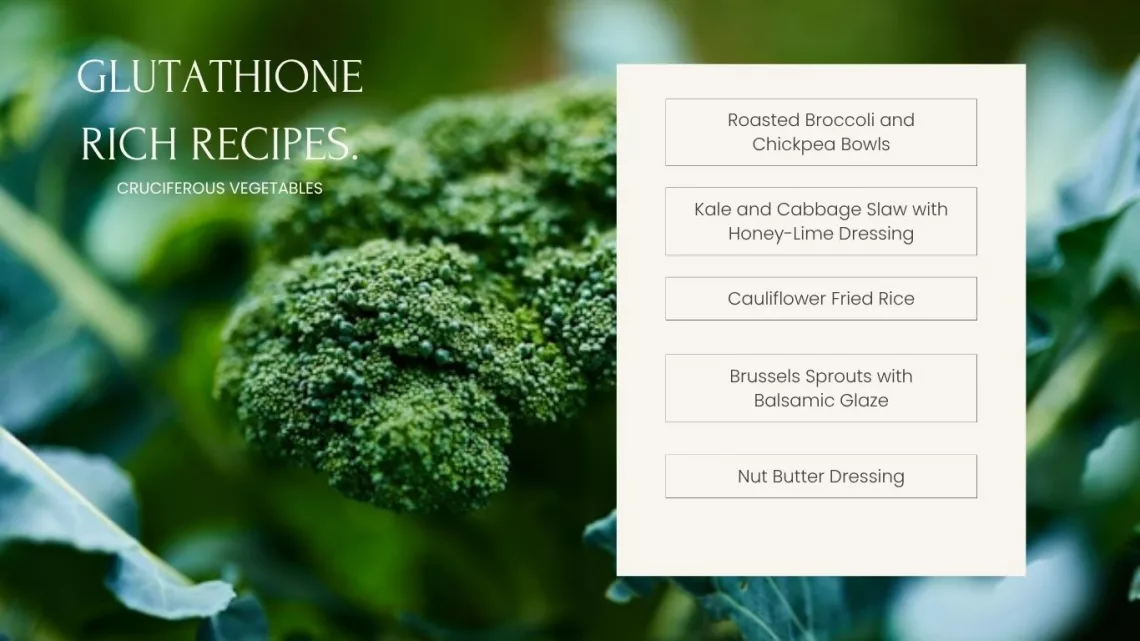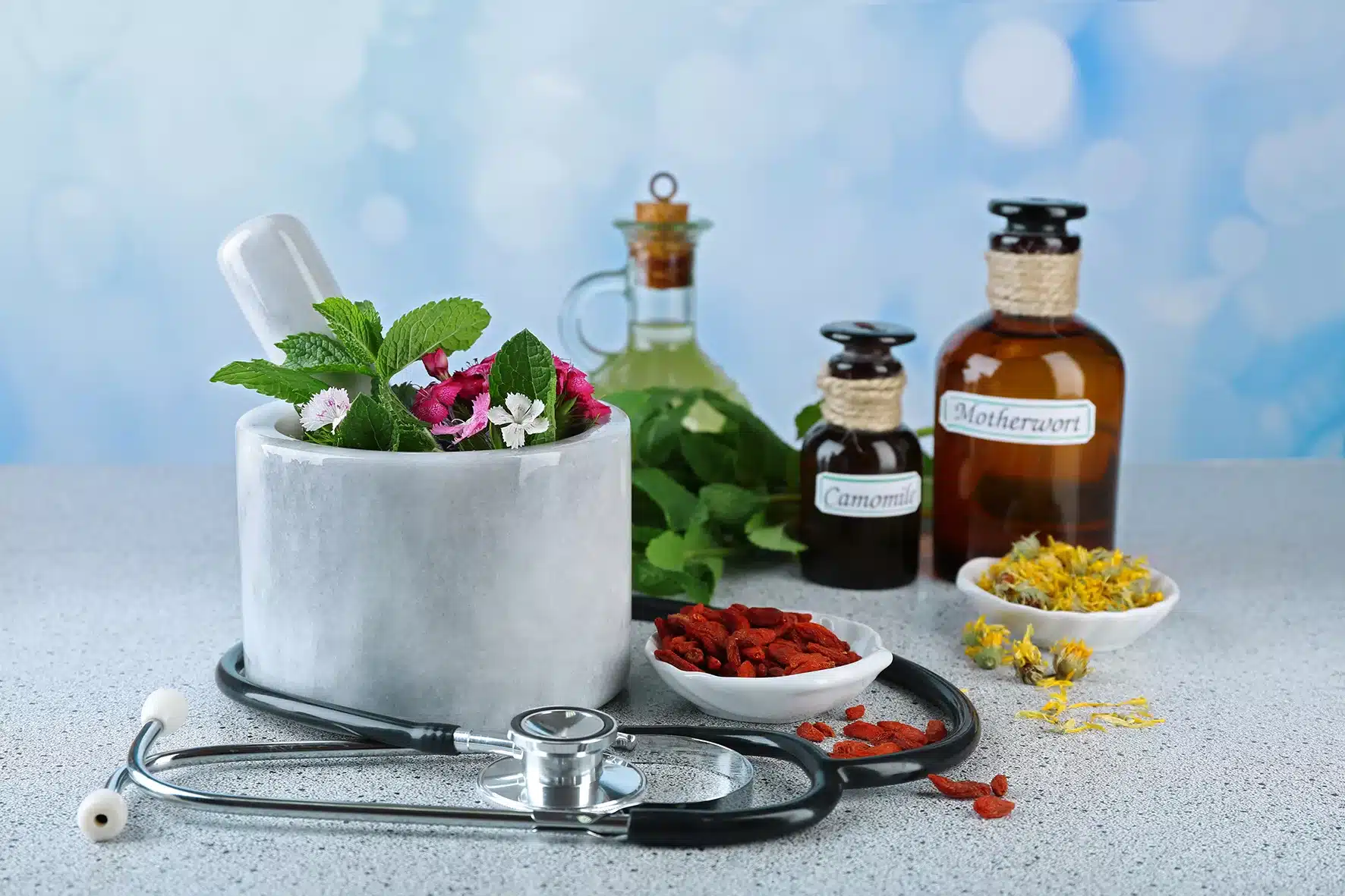
Anti Oxidant Rich Recipes
What are anti oxidants and why are they important for maintaining health.
Antioxidants are molecules that help protect the body’s cells from damage caused by harmful substances called free radicals. Free radicals are unstable molecules produced naturally during normal living. Like metabolism or from external sources such as pollution, UV radiation, cigarette smoke, alcohol, drugs both pharmaceutical and recreational. And almost anything else we are exposed to.
When free radicals build up, they can cause oxidative stress, which is linked to aging and diseases like cancer, heart disease, and diabetes. These are chronic illnesses however they are also implicated in further symptoms like fatigue, brain fog and obesity.
Antioxidants neutralize these free radicals, reducing their harmful effects. Common antioxidants include vitamins A C and E, beta-carotene, and selenium, which are found in fruits, vegetables, nuts, and whole grains. Eating a diet rich in antioxidant-containing foods helps support overall health and strengthens the body’s defense against oxidative damage.
And then we get to Glutathione,
This is far more than a standard antioxidant—it’s a master molecule that operates deep within your cells to defend, repair, and energize the body. Often referred to as the “master antioxidant,” glutathione plays a vital role in nearly every aspect of cellular health and function.
Cruciferous vegetables are a rich source of Sulforaphane which is a nutrient necessary to make glutathione . Broccoli sprouts may contain up to 10 x the sulforaphane content compared to unsprouted broccoli.
Mustard contains compounds that may enhance the absorption of glutathione. To increase its bioavailability, consider consuming mustard alongside glutathione-rich foods or supplements. Additionally, using mustard in cooking or as a condiment can help improve overall nutrient absorption.
Examples of cruciferous vegetables include broccoli, Brussels sprouts, cabbage, cauliflower, collard greens, kale, kohlrabi, mustard, rutabaga, turnips, bok choy, radish, watercress wasabi, horseradish and Chinese cabbage.
They are also rich in:
Folate, Vitamin C, Vitamin K, Potassium , Selenium and Calcium
These recipes actively boost glutathione levels:
Brussel sprouts with Balsamic glaze
Kale and cabbage slaw with honey -lime dressing
Roasted broccoli and Chickpea bowls
These recipes have been curated to increase vitamin C and Selenium:
Citrus Spinach and Brazil nut salad
Power Bowl with Quinoa Broccoli and Eggs
Garlic Prawns with kale and peppers
Baked salmon with Citrus salsa
These recipes boost Vit E and Beta Carotene (plant based vitamin A) levels:
Spinach Avocado and Sunflower seed salad
Roasted Pumpkin with Nuts and Grain Bowl.
Grilled asparagus and Red pepper
Condiments to go with above dishes:
For added bonus and way more fun – why not try adding in some of the spring tonics as mentioned in this blog.



